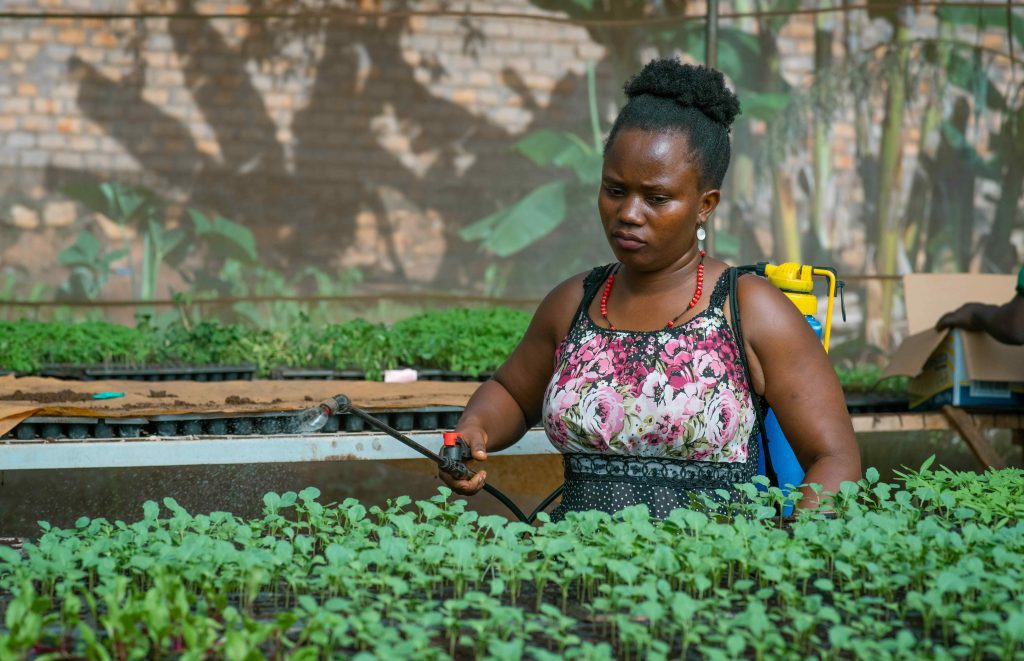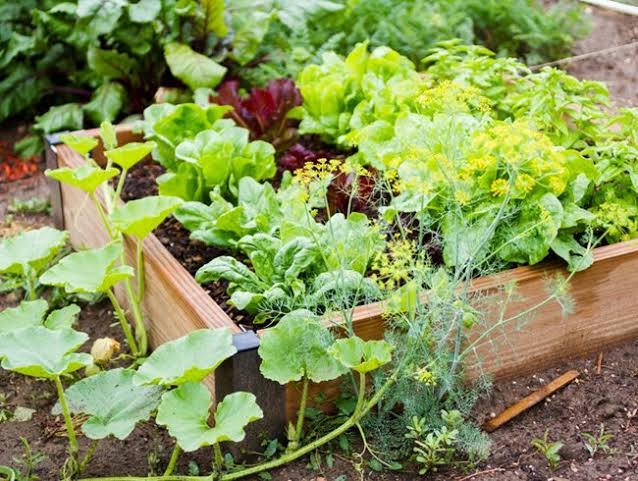

OUR PARTNERS
Proven impact backed by global partners.

We’re grateful for the network of partners supporting our work. Without them, our women in the underserved communities wouldn’t receive the agri-business mentorship, trainings in urban farming and support in agricultural inputs like seedlings, farming equipments, etc.
One of the primary advantages of vertical farming is that it allows for year- round production of fresh produce regardless of weather conditions. This is especially important in African cities, where extreme weather events such as droughts and floods can disrupt traditional farming practices. Crops can be grown in a controlled environment with precise control over factors like temperature, humidity, and lighting, resulting in higher crop yields and more consistent production.
OUR TRUSTED PARTNERS


